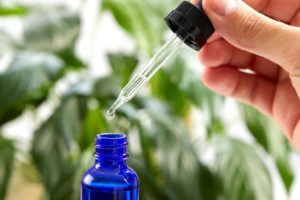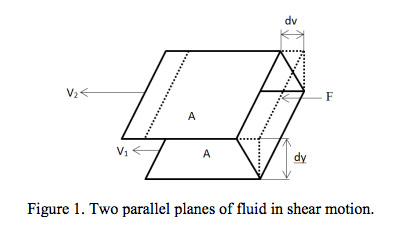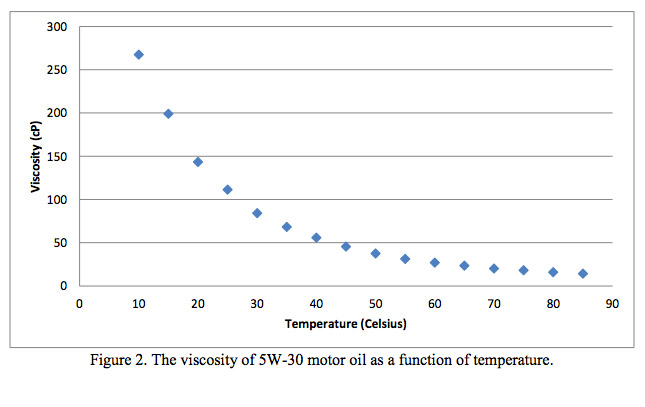- Lab Services
- Chemical
- Color Measurement
- Contact Angle
- Gloss Measurement
- Liquids
- Mechanical
- Abrasion
- AFM
- Contact Stylus Surface Roughness Analysis
- Depth Profiling
- Express Property Mapping through Accelerated Nanoindentation
- Macroscratch
- Microindentation
- Microscratch
- Modulus Mapping
- NanoDMA
- Nanoindentation
- Nanoscratch
- Rheology
- Scratch Testing ISO 1518
- Shore A and Shore D Hardness
- Universal Testing Machine
- Metallurgy
- Microscopy
- Particle Size
- Peel Strength
- Pore Size
- Surface Roughness & 3D Topography
- Technical Consulting
- Thermal
- Tribological
- X-Ray Diffraction
- Zeta Potential
- Products
- Industries
- Resources
- About Us
- Testimonials
- Contact Us


 Oils and lubricants are used in various industries in the modern age, most commonly for operation of motor vehicles and in the culinary arts. There are also other types of lubricants, such as biomedical lubricants that can reduce friction in artificial joints as well as gels used in ultrasound examinations. There is always a market for oils and lubricants, and Ebatco can test consumer products so that it meets the needs of any customer base.
Oils and lubricants are used in various industries in the modern age, most commonly for operation of motor vehicles and in the culinary arts. There are also other types of lubricants, such as biomedical lubricants that can reduce friction in artificial joints as well as gels used in ultrasound examinations. There is always a market for oils and lubricants, and Ebatco can test consumer products so that it meets the needs of any customer base.







